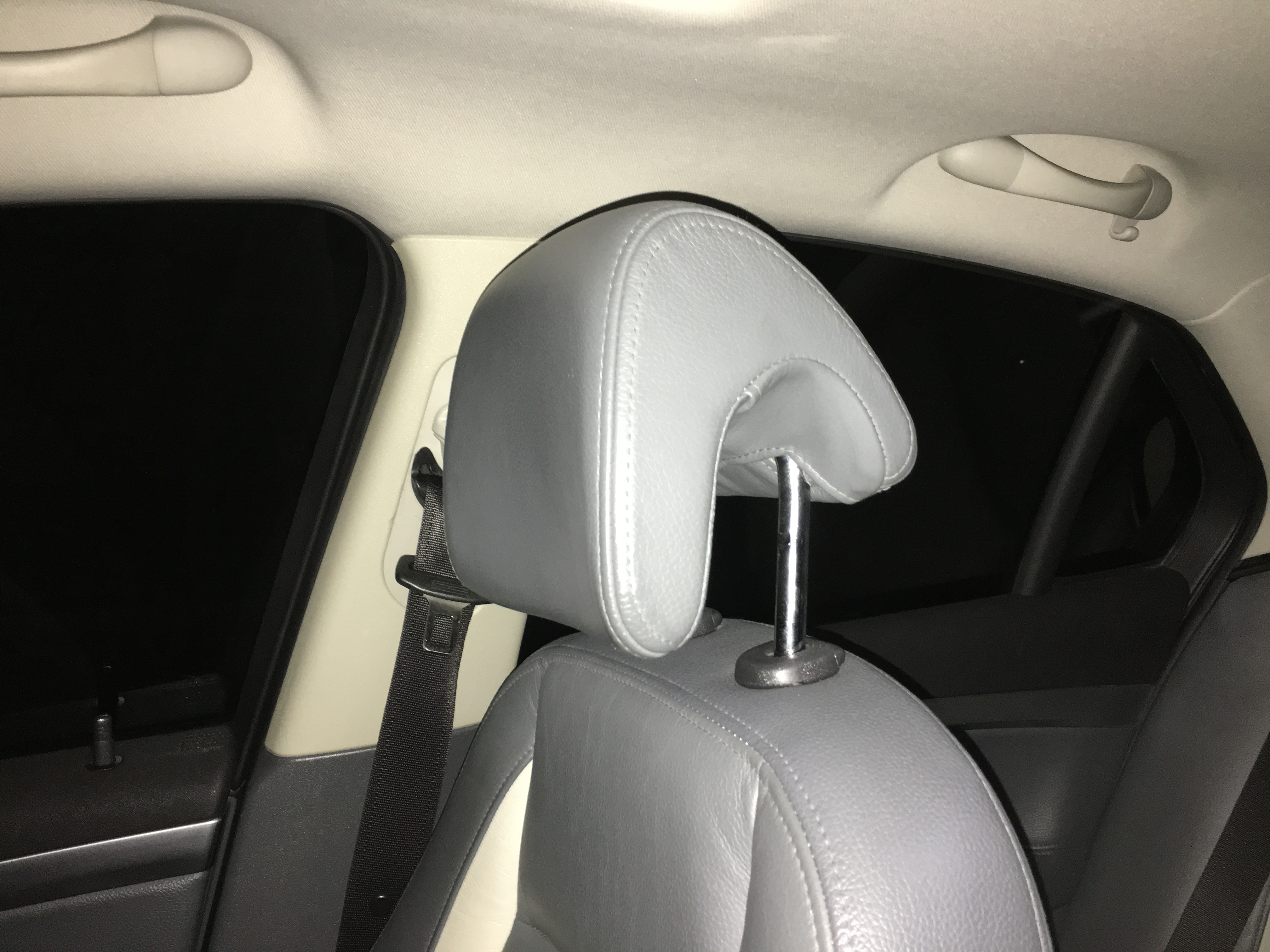Saab Active Head Restraints on:
[Wikipedia]
[Google]
[Amazon]
 Saab Active Head Restraints or SAHR is a system to protect against automotive whiplash injuries introduced by
Saab Active Head Restraints or SAHR is a system to protect against automotive whiplash injuries introduced by
Saab
Saab or SAAB may refer to:
Brands and enterprises
* Saab Group, a Swedish aerospace and defence company, formerly known as SAAB, and later as Saab AB
** Datasaab, a former computer company, started as spin off from Saab AB
* Saab Automobile, a fo ...
in 1997. It was launched when the Saab 9-5
The Saab 9-5 is an executive car that was produced by the Swedish automobile maker Saab from 1997 to 2012.
The first generation 9-5 was introduced in 1997 for the 1998 model year, as the replacement to the Saab 9000. At the time, the car repr ...
was released for the 1998 model year and had been part of the standard equipment on the Saab 9-3 and 9-5 since.
Details
SAHR is mounted at the top of a frame, inside the seat-back, which is designed to pivot at its mid point. In a rear-end impact, the occupant’s lower back is forced rearwards by inertia against the bottom portion of the seat-back. A mechanical linkage in the frame then forces the upper half, carrying the head restraint, upwards and forwards to catch the occupant’s head and help minimise the amount of whiplash movement. The Benefit of the SAHR's system is that the headrest doesn't require replacement once used, unlike BMW and Volvo'sWHIPS
A whip is a tool or weapon designed to strike humans or other animals to exert control through pain compliance or fear of pain. They can also be used without inflicting pain, for audiovisual cues, such as in equestrianism. They are generally ...
systems.
SAHR 2 was introduced for the 2003 model year standard on the Saab 9-3
The Saab 9-3 (pronounced ''nine-three'') is a compact executive car initially developed and manufactured by the Swedish automaker Saab.
The first generation 9-3 (1998-2003) is based on the GM2900 platform, changing to the GM Epsilon platfor ...
. SAHR 2 was designed for even faster activation in rear impacts at lower speeds. The head restraint is activated as soon as the lower back is pressed into the setback by the occupant’s inertia during a rear impact.
Statistics
In 2002 a study conducted by theInsurance Institute for Highway Safety
The Insurance Institute for Highway Safety (IIHS) is a U.S. nonprofit organization funded by auto insurance companies, established in 1959 and headquartered in Arlington, Virginia. It works to reduce the number of motor vehicle traffic collisio ...
that investigated property damage insurance claims found that Saab's active head restraint design produced a 55 percent reduction in claim rates for women and a 31 percent reduction for men. This is when compared to traditional head restraints.
Awards
* Technology Award for the Saab Active Head Restraint - Prince Michael Road Safety Awards, Great Britain - 1997 {{cite web, title=Saab Awards, url=http://www.saabthai.com/e_awards.php, website=Saab Thailand, publisher=Saab Automobile AB, accessdate=10 May 2016 * Industry Award For the Saab Active Head Restraint - The Windscreens O'Brian Safety Award, Australia - 1997 * Special Prize for the Saab Active Head Restraint - The Danish Association of Polio, Traffic and Accident Victims (PTU), Denmark - 1996See also
*Saab 9-3
The Saab 9-3 (pronounced ''nine-three'') is a compact executive car initially developed and manufactured by the Swedish automaker Saab.
The first generation 9-3 (1998-2003) is based on the GM2900 platform, changing to the GM Epsilon platfor ...
* Saab 9-5
The Saab 9-5 is an executive car that was produced by the Swedish automobile maker Saab from 1997 to 2012.
The first generation 9-5 was introduced in 1997 for the 1998 model year, as the replacement to the Saab 9000. At the time, the car repr ...
* Head restraint
Head restraints (also called headrests) are an automotive safety feature, attached or integrated into the top of each seat to limit the rearward movement of the adult occupant's head, relative to the torso, in a collision — to prevent or ...
References